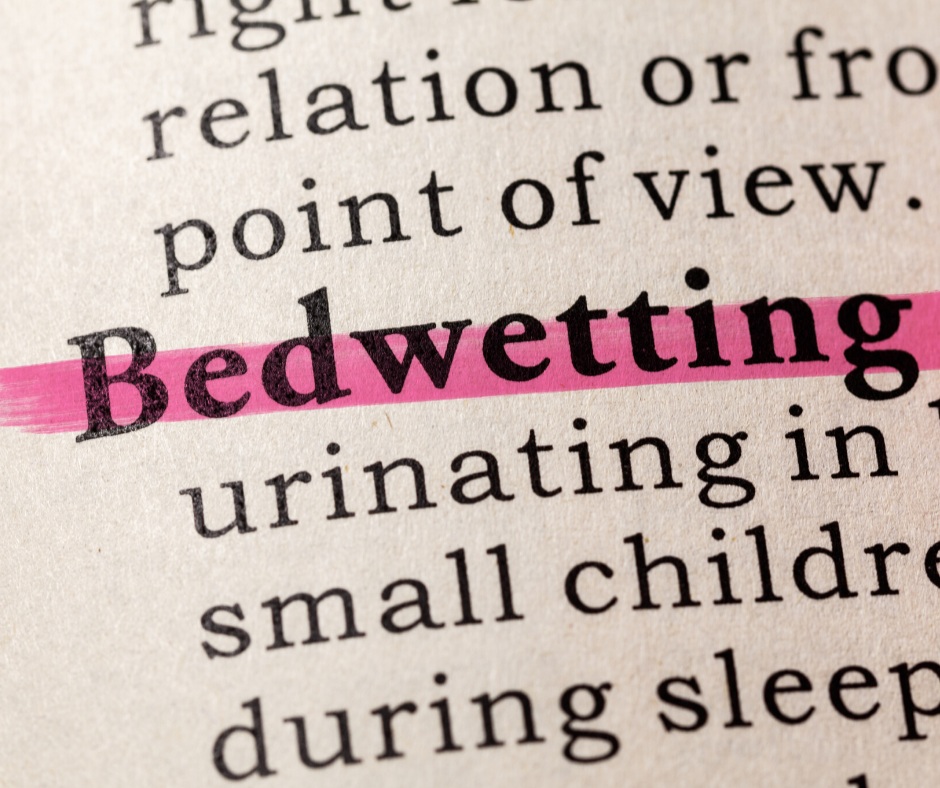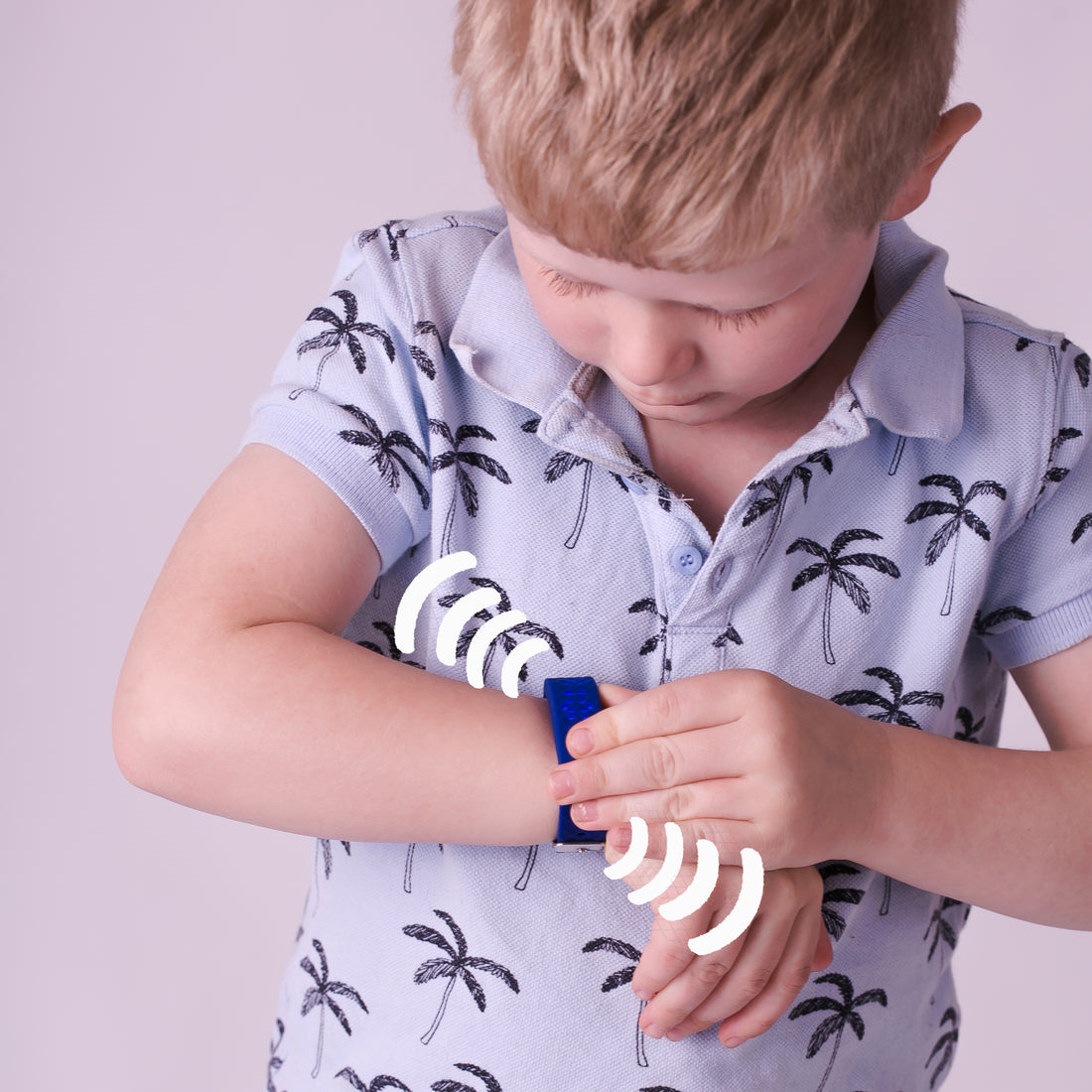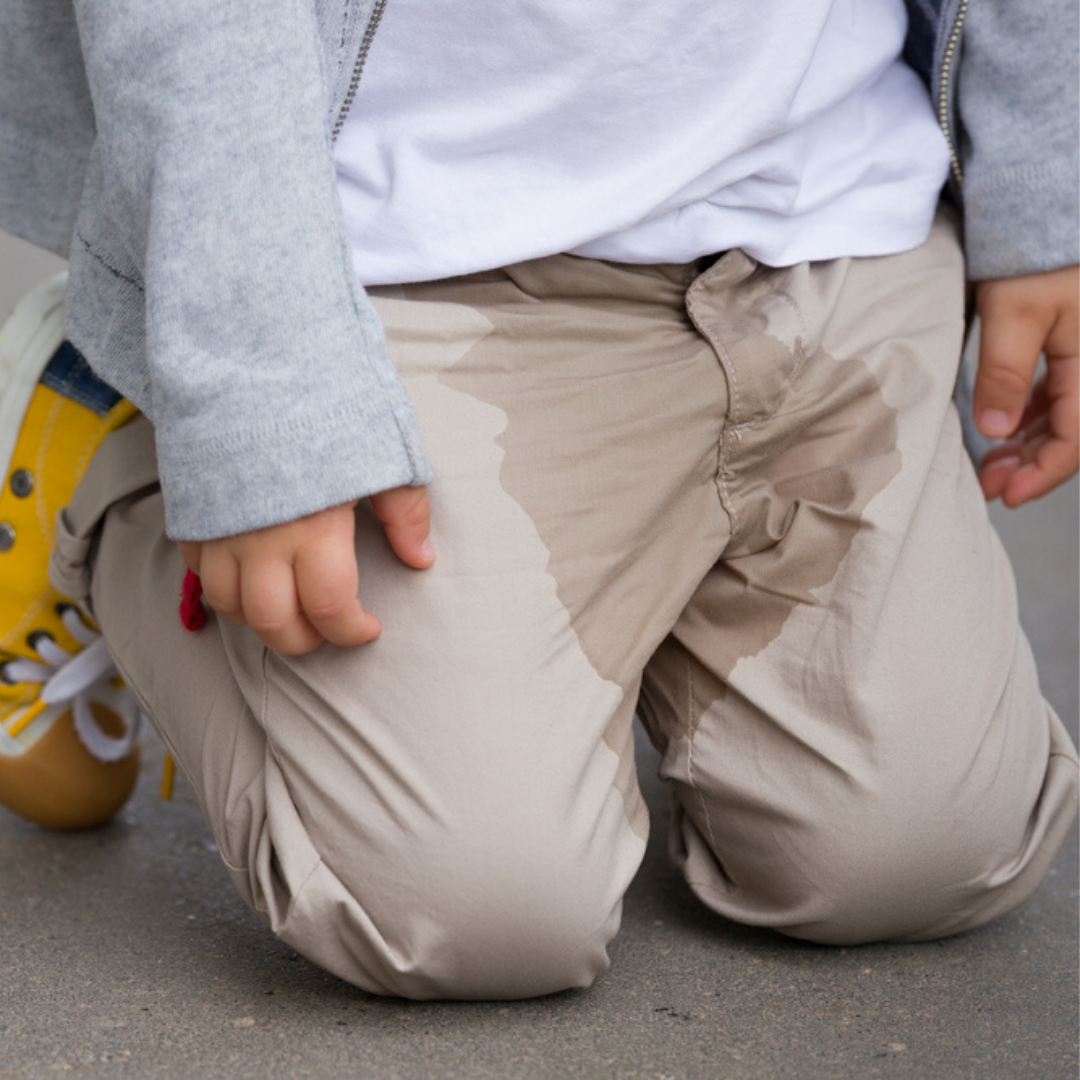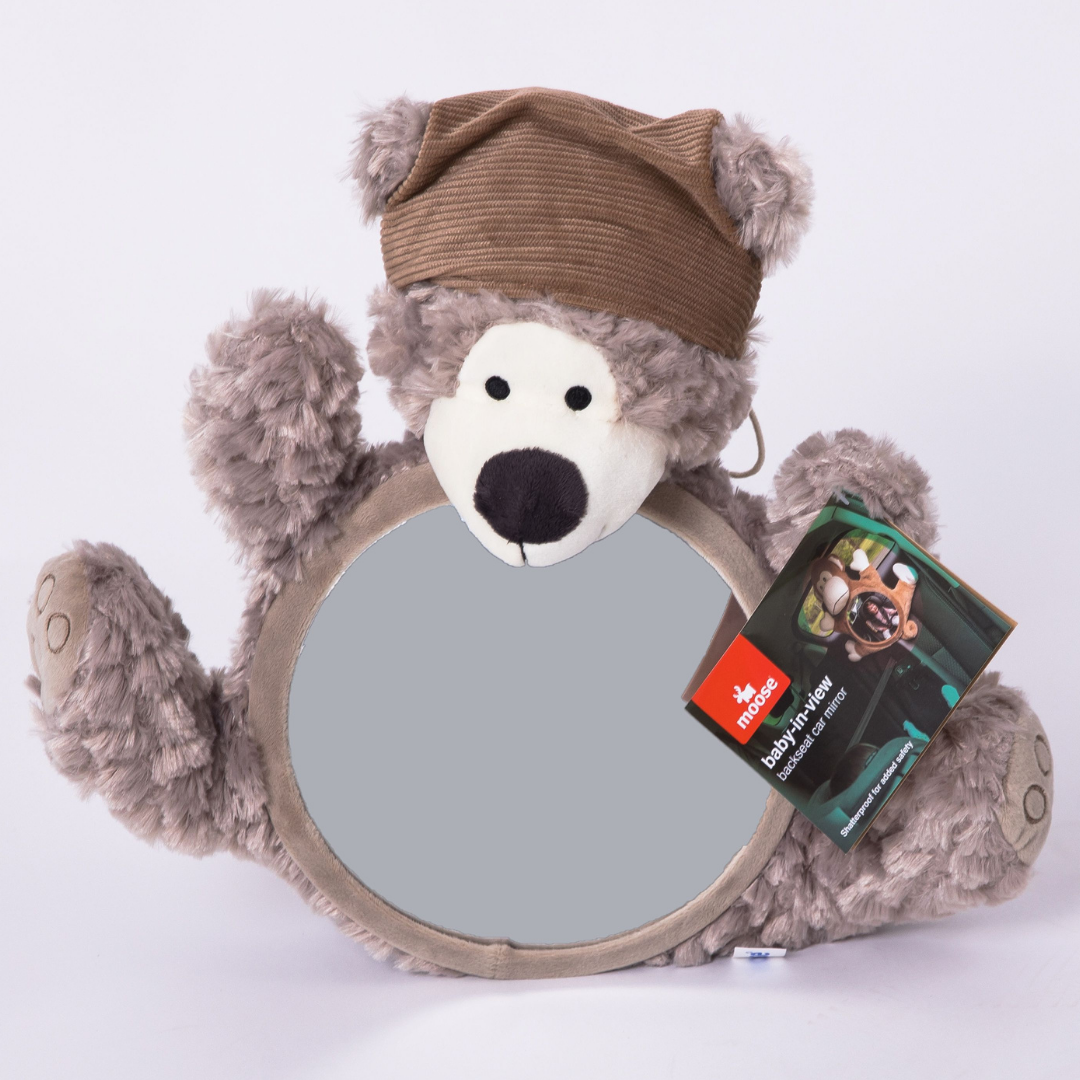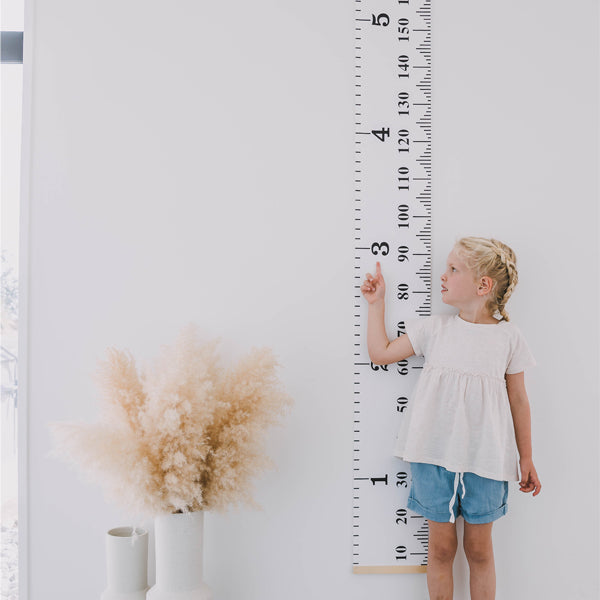News
Which bedwetting alarm is best?
Research shows bedwetting alarms are the most useful and successful tool to treat bedwetting. Studies suggest alarms will help 80 per cent of children to become dry, and the majority of children will then stay dry. How does a bedwetting alarm work? Different alarms work in slightly different ways but essentially a sensor detects wetness, which then activates an alarm (which vibrates and/or sounds) to wake your child. Eventually the alarm conditions the brain to wake up before any accidents happen at all. The time is takes to ‘train the brain’ and stop wetting varies from child to child, but for some children they become dry within 10 days, other children can take much longer. Choosing the right bedwetting alarm There are three types of bedwetting alarms: #1 Wearable Bedwetting Alarms With a wearable alarm, the child places the moisture sensing device in his or her pyjamas or underwear (in the line of fire). When the child wets, the sensor detects the wetness and the alarm is sounded. The sensor is attached to a cord at one end and the alarm/unit at the other end. The unit attaches to the pyjama top. With this alarm your child can use a waterproof bed pad. Recommended: At Moosebaby we offer two types of wearable alarms. The Rodger Amigo is a good cost-effective alarm which provides you with the option of a sound and/or vibration alarm to wake your child. Because you can turn off the sound and use the alarm on vibration only, it is useful for daytime toilet training as it offers discretion. The other type of alarm we offer is the WetStop3 which has been used successfully for over 40 years! It is also a good cost-effective alarm. #2 Bed-and-Pad Bedwetting Alarm With an ‘alarm-and-pad’ bedwetting alarm, the moisture sensor is sewn into the pad placed beneath the sleeper. The sewn-in sensors in the pad detect moisture and the alarm sounds. There are a number of bed and pad alarms on the market and the price varies considerably. #3 Wireless Bedwetting Alarm The third type of bedwetting alarm, the wireless alarm, is the newest technology on the market. The child wears special underpants (available in all sizes) which have sewn in sensors. The added advantage of this alarm over others is that moisture is detected immediately thereby triggering the alarm to sound immediately to wake the child. This alarm is comfortable to wear as no cords or cables are involved. A small transmitter is attached to the underpants and a base unit is plugged into a power point (or powered by battery). Another advantage of this alarm is that if you have a particularly deep sleeper or you have a child who shares a room, then a vibrating unit (Bed-Shaker) can be attached to this unit so vibration is used to wake your child. Lastly, a separate base unit can be purchased to place in the caregiver’s room so mum or dad can also hear the alarm sound. Recommended: Rodger Wireless Bedwetting Alarm Alarm Type Alarm Type Useful for Advantages Wet Stop 3 Wearable alarm with clipped on sensor and cord Sound and vibration Children Cost effective. 6 varying alarm tones plus vibration alert. Choose the best setting for your child. Lightweight & comfortable. Efficient on battery power. Effective for day or night-time training. Can use on vibration-alarm mode only to allow for discretion. Proven success (sold since 1979). Rodger Amigo Wearable alarm with clipped on sensor and cord Sound and/or vibration Children Adults Special Needs Daytime Toilet Training Cost effective. Lightweight & comfortable. Clean, modern, European-design. Effective for day or night-time training. Can use on vibration-alarm mode only to allow for discretion. A selection of alarm sounds & volume settings. Rodger Wireless Alarm Wearable sensor underpants with transmitter. Base unit plugged into wall. Sound Children Adults Special Needs Latest technology. Comfortable – sewn-in sensor underpants. No cords. Moisture detected immediately. Vibrating Bed Shaker attachment available. Second base unit for parent’s room available. Bedwetting alarms best practices Choose the right time. Choose times when routines are not interrupted too much. Talk to your child about how the alarm works and help him get prepared each night (spare pyjamas, night light, change of underpants/bed pad). Make setting the alarm part of your everyday bedtime routine. Do not skip nights. Be POSITIVE! Give plenty of encouragement and stay confident and positive along the way. Work on daytime toilet habits too. Encourage regular fluid and toilet stops throughout the day. Avoid using nappies or pull-ups—your child should feel the wetness. For some children it takes time before they wake to the sound of the alarm. Be patient & assist your child with waking when the alarm sounds. With time they will wake by themselves. Remain PATIENT throughout the process. Some children become dry within days, others take weeks. As you continue to use the alarm every night the number of dry nights will begin to outnumber the wet ones. However, during the training process, expect the occasional accident to occur. This is normal as your child’s body develops. SHOP all alarms
Learn more8 Top Tips for Success using your Vibrating Reminder Watch
In a busy world your child has a lot going on and remembering stuff can be hard. Vibrating reminder watches are designed to discreetly remind your child to perform a task. Daily routines such as taking a toilet stop, a hydration break or taking medication are all vital for good health and well-being. With a little help, your child can be encouraged to become independent using a vibrating reminder watch. Here are some simple tips for success: Take your time with your child to explain the purpose for using the watch. Be positive! Get your child excited about using their new watch. Depending on their age, you and your child might like to choose a fun name for the watch. The ‘wiggle-watch’, ‘wobbly-watch’, ‘buzzer-band’. Show your child how to put the watch on and gently take it off without pulling at the strap. Teach your child the basic functions of the watch (only as much as you want them to know). Explain how to care for the watch including the importance of taking it off before swimming, showering or getting in the bath. Choose a special place to keep the watch when it is not being worn. This will help you keep tabs on it. Include all important people in your conversations around the use of the watch (teachers, caregivers, medical professionals). Consider using rewards or incentives for following the alarm alerts. Clearly explain to your child what to do when the alarm vibrates (i.e go straight to the toilet, take 3 big gulps of water, test your blood sugars, go to room 3 for your music lesson). Be very specific. Buy a vibrating reminder watch
Learn moreSolving daytime wetting
Many children who are toilet-trained can still experience wetting accidents during the day. Sometimes these accidents involve wet spots in the underwear, but sometimes kids have full-on accidents that require a change of clothes. This can be a very frustrating problem for kids, parents and their teachers. Nicole Freedman, a Paediatric Urology Nurse works with children of all ages who suffer from daytime wetting, which is also called diurnal enuresis. In her recent blog she provides some helpful suggestions to keep your child dry. Reasons behind Daytime Wetting Diurnal enuresis is when a child who should be toilet-trained has wetting accidents during the day. Statistics say this happens in about 3 to 4 percent of children, particularly school-aged girls. Daytime wetting is generally: Involuntary, meaning your child did not do it on purpose. May be a result of poor toileting habits and behaviours that have been going on since toilet training. May have been developed after toilet training and over time. One common scenario Nicole deals with in the urology clinic is when kids hold their wee for so long that they leak or dribble urine. She often hears from parents that their children don’t want to stop playing (despite crossing their legs, sitting on their heels or doing the ‘peepee dance’) to go use the toilet. Other children refuse to use the toilet at school because perhaps the bathroom is ‘gross’ or the teacher doesn’t allow toilet trips during class time. She also sees kids who start holding their wee after their first urinary tract infection (UTI) because it caused pain and they subsequently hold their urine out of fear that it will hurt to wee. Diurnal enuresis can also be secondary to more complex issues such as an active UTI, a problem with your child’s urinary tract or nervous system. Although they are less common than behavioural issues, it is important to rule out all possibilities first. It’s recommended to consult with your child’s doctor. Overcome Poor Toileting Habits Wetting accidents are usually caused by poor toileting habits. If your child has been wetting their underwear during the day for a while, it will take time to undo these habits. The key is to be patient, encouraging and persistent. These tips will help: Make sure your child stays on a ‘timed toilet schedule’. Encourage your child to wee at least every two to three hours during the day, even if she doesn’t feel the urge to go. Purchase a ‘vibrating reminder watch’ to help remind your child to ‘stop and go wee’. Use a star chart to track trips to the toilet. Your child should wee when they wake up, at morning tea time, at lunchtime, mid-afternoon, around dinner time and again before bed. Children can earn ‘bonus stars’ for staying dry. The Role of ‘Number Two’ Nicole suggests that kids that hold their wee usually hold their poop as well. Constipation can play a significant role in causing wetting accidents. A child could be constipated even if they do have some sort of a bowel movement every day. Sometimes children who don’t seem constipated are actually ‘full of poop’ when an X-ray is performed. When your child’s colon is full, it can prevent your child from sensing signals required to let them know they need to use the toilet. A colon full of poop can put pressure on the bladder, which can lead to accidents. It is important to talk to your child’s doctor if you think your child could be constipated. Wetting accidents can be improved significantly just by fixing constipation. Not Emptying the Entire Bladder If your child is good at holding their wee, it can be difficult for them to relax their external sphincter (bladder muscle that loosens and tightens to control urination) so they don’t empty their bladder completely when they go to the toilet. They also may relax their external sphincter at inappropriate times and leak wee. This common problem is something called ‘voiding dysfunction’. When the bladder doesn’t get emptied completely, it can cause your child to feel like they need to go to the bathroom a few seconds after they just went! Sound familiar? Your child may leak right after they went to the bathroom because they didn’t empty their bladder all the way. Other times when kids rush through voiding, they will just wee ‘enough’ to make that urge to away but their bladder is still full of urine. When kids don’t empty their bladder completely, the stagnant urine increases their risk of developing a urinary tract infection. A good way to help your child is to have them ‘double void’. This means that after they finish weeing, have them try again to see if any more urine will come out. Tell your child to go and wee, then jump up and down a few times or do a little dance, and then try to wee again. Other helpful tips: Encourage your child not to rush through weeing. You may want to use a timer in the bathroom to make sure he is spending enough time to wee and poop effectively. Encourage your child to relax and breathe deep when on the toilet, to help relax her muscles and improve bladder emptying. If your child’s legs are short and don’t reach the floor place a foot stool in front of the toilet. This will allow her to rest her feet and have an easier time relaxing. Thanks to Nicole Freedman for the helpful information she has provided. We hope this article takes some of the stress out of daytime toilet accidents and helps lead to dry undies for your child. While you’re implementing these tips at home, be patient and reward children for their hard work! If you can get children to work for something they want, like a trip to the bike park, a new game or watching ‘Frozen’ for the seventieth time, then they may be more motivated to make changes and stick with them. Good luck and please share this with your friends and family who are parents of young children. Thanks to: https://www.chla.org/blog/rn-remedies/make-daytime-wetting-thing-the-past Which vibrating reminder watch is right for us?
Learn more


